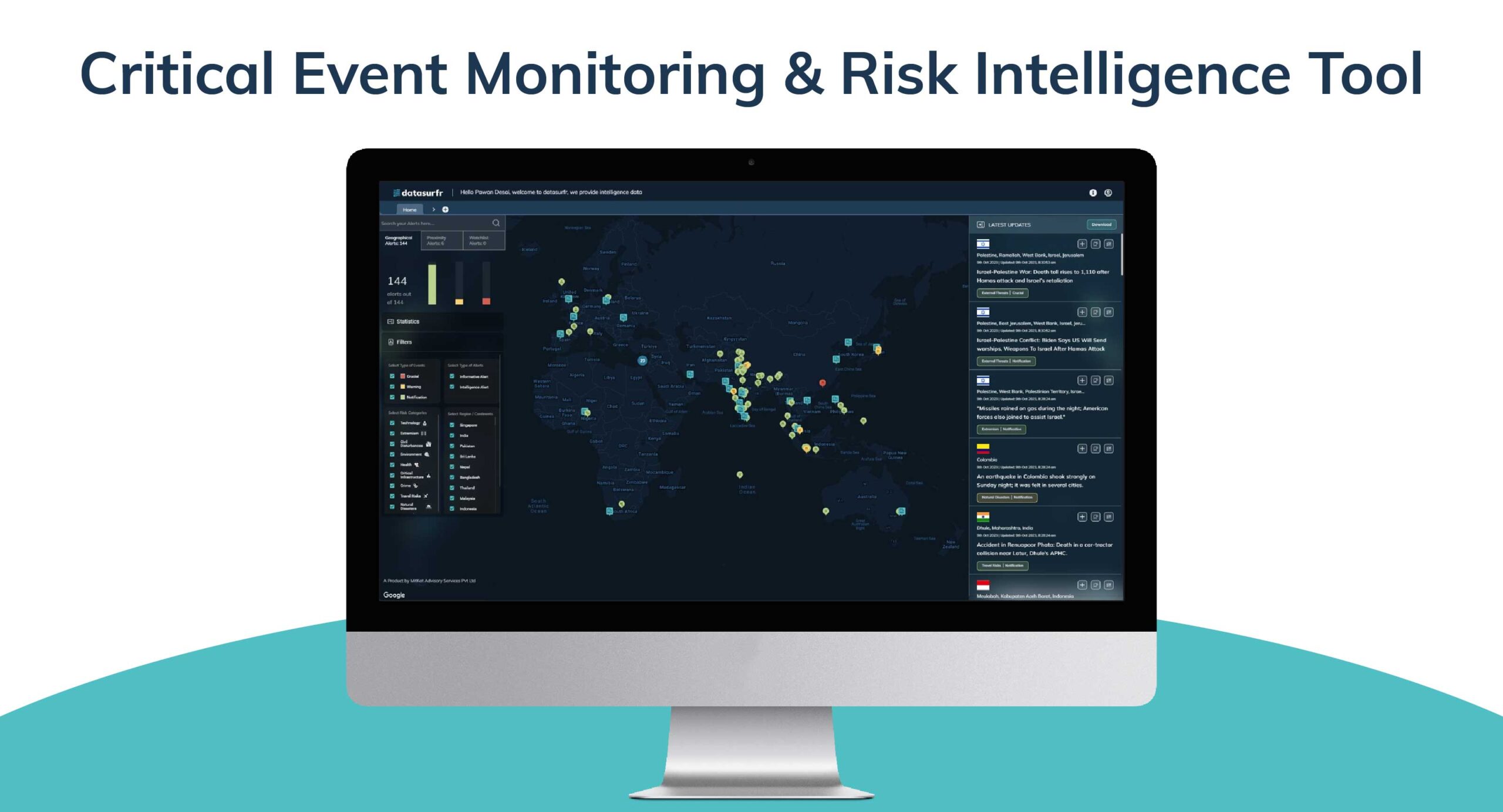Locations Affected: Iran, United States
On 18 June, United States President Donald Trump held a Situation Room meeting to discuss potential strikes on Iran amid as the Iran-Israel conflict entered its seventh day. Further, on 19 June, the White House stated that Trump would decide regarding US intervention after two-weeks, signalling a longer timeline for Iran to agree to abandon its nuclear program.
Earlier on 16 June, Trump urged approximately 10 million residents of Tehran to evacuate in a post published on his social media account, after heavy missile attacks by Israel targeting the Iranian capital on the same day. Trump reiterated his opposition to Iran developing a nuclear weapon and referenced the ongoing negotiations between Iran and the United States over the Iranian nuclear program, which have been underway since April 2025. Following the Israeli attack, Iran refused to proceed with a meeting on the nuclear deal that was scheduled for 15 June.
The intensifying conflict has triggered a wave of international travel advisories. US, UK, Canada, France, Germany, Australia, Japan, Ireland, and Singapore have all issued “do not travel” advisories for both Iran and Israel. China has begun evacuating its citizens from both countries. India has advised its nationals to move out of Iran and avoid non-essential internal travel in Israel. Russia has started evacuating citizens from Iran and advised those in Israel to leave. Additional warnings have been issued by countries including South Korea, Pakistan, Bangladesh, Malaysia, Azerbaijan, the Netherlands, and Italy.
The Conflict Between Iran and Israel
The recent conflict between Iran and Israel began after Israel launched a major airstrike targeting the Iranian capital, Tehran, on 13 June. Israel claimed that the attack was aimed at nuclear and military facilities in Iran and comes amid growing concerns in Israel over Iran’s nuclear program. Retaliatory attacks by Iran and further military strikes by Israel followed the Israeli attack. As of 18 June, the escalation has led to 450 and 24 casualties in Iran and Israel, respectively.
Actions Taken After the Outbreak of Tensions
- According to US officials, US has not joined Israel’s offensive against Iran. However, it has deployed additional forces to the Middle East following the escalation. Trump also reportedly suggested a potential US strike on Frodo, an underground uranium enrichment facility in Iran.
- Trump left the Group of Seven (G7) meeting in Canada on 16 June. French President Emmanuel Macron suggested Trump might return to mediate ceasefire talks between Iran and Israel, but Trump later denied the claim and has not elaborated on his early departure.
- Trump stated that the Israeli offensive would cease once Iran agrees to sign a deal with the US, accepting strict regulations on its nuclear program. Iran, in response, has asked Oman, Qatar, and Saudi Arabia to urge Trump to pressure Israeli Prime Minister Benjamin Netanyahu to accept an immediate ceasefire. During a national address, Iran’s Supreme Leader Ayatollah Ali Khamenei warned against US military intervention.
- Widespread international travel advisories and evacuation orders indicate growing global concern over the conflict’s potential spillover. The evacuation of foreign nationals including by China and Russia, signals a possible deterioration in regional security conditions.
- Multiple governments now assess the situation in Iran and Israel as highly volatile and unsafe for travel. The unprecedented volume of concurrent “do not travel” advisories from major powers, including the US, UK, and EU states, suggests declining confidence in the short-term stability of both countries.
Outlook on the Situation
The conflict between Iran and Israel continues to heighten concerns over regional stability, with a growing risk of broader escalation. Trump’s public call for evacuations, discussions regarding potential strikes on Iran and the deployment of US forces may be perceived as tacit support for Israel and a tactic to increase pressure on Iran. However, Trump is likely to avoid military intervention due to the potential for Iranian retaliation and the risk of further inflaming regional and domestic tensions.
The widespread travel advisories and evacuation measures underscore the international community’s assessment of rapidly deteriorating safety conditions in both Iran and Israel. These actions also suggest governments anticipate sustained conflict or a further breakdown in diplomatic engagement in the near term.
The window for diplomacy remains narrow. While a possible meeting between European and Iranian officials to discuss diplomatic resolution of the conflict and Iran’s nuclear program is scheduled on 20 June, its success may hinge on whether a temporary ceasefire can be brokered. Regional mediators such as Oman, Qatar, and Saudi Arabia are likely to play a more active role.
Unless a breakthrough occurs, the ongoing military activity combined with mounting international withdrawals may lead to reduced foreign presence, airspace restrictions, disrupted humanitarian efforts, and prolonged economic and operational impacts in the region.



